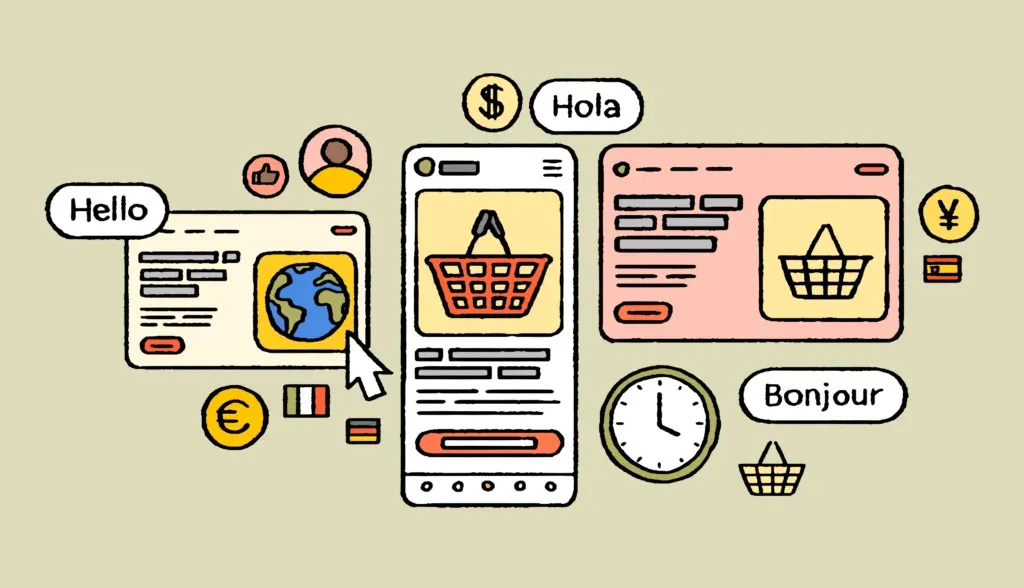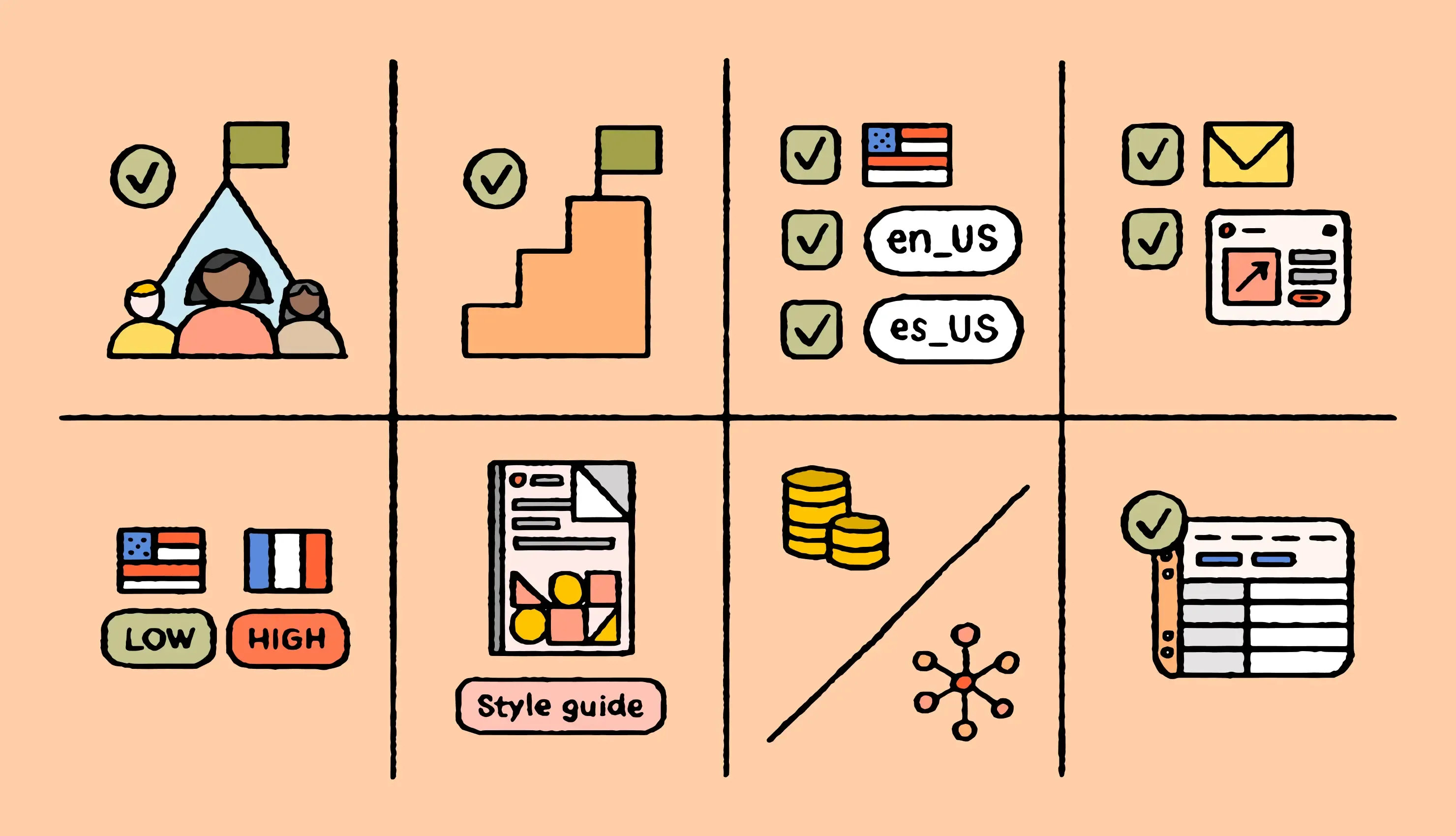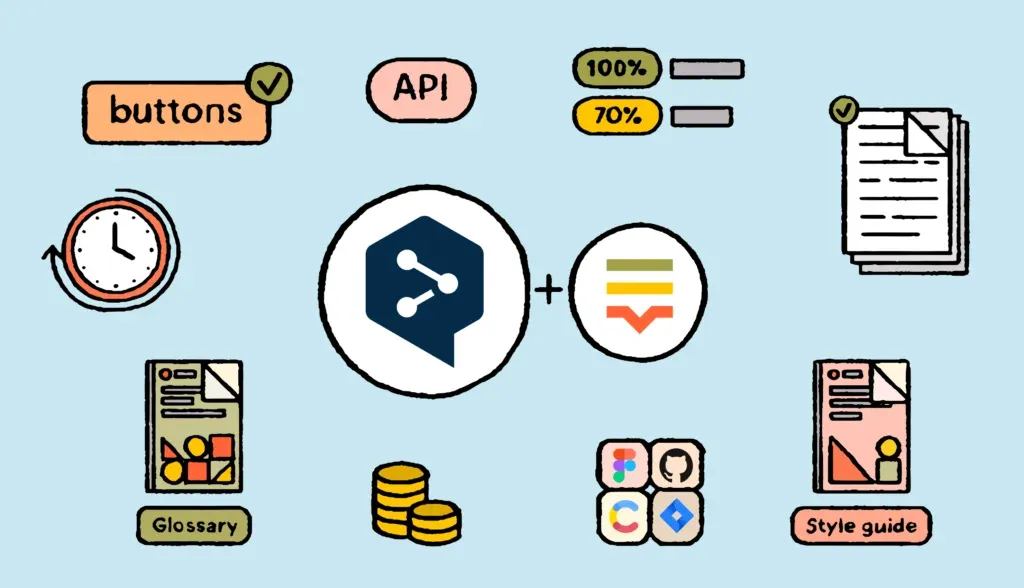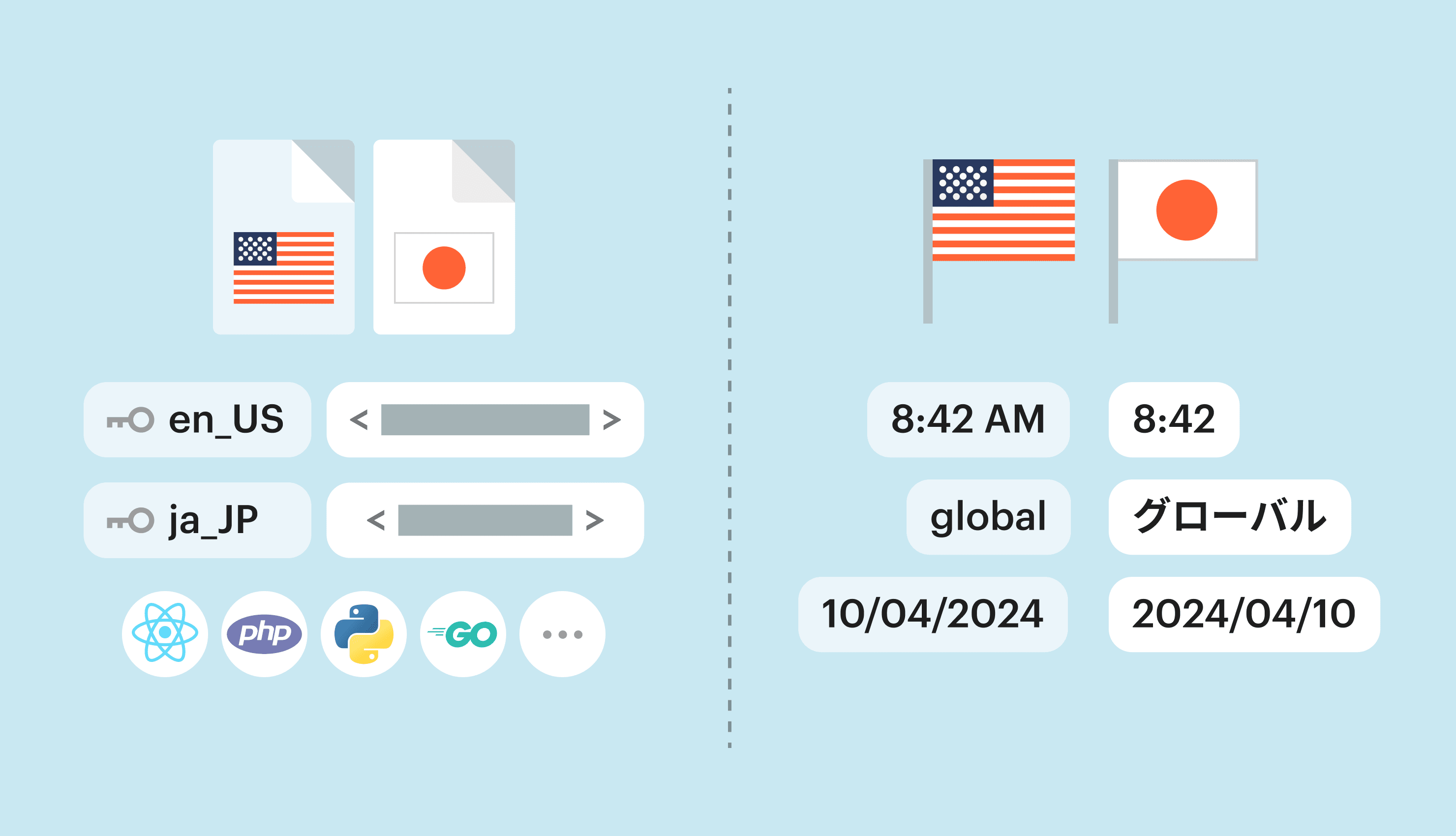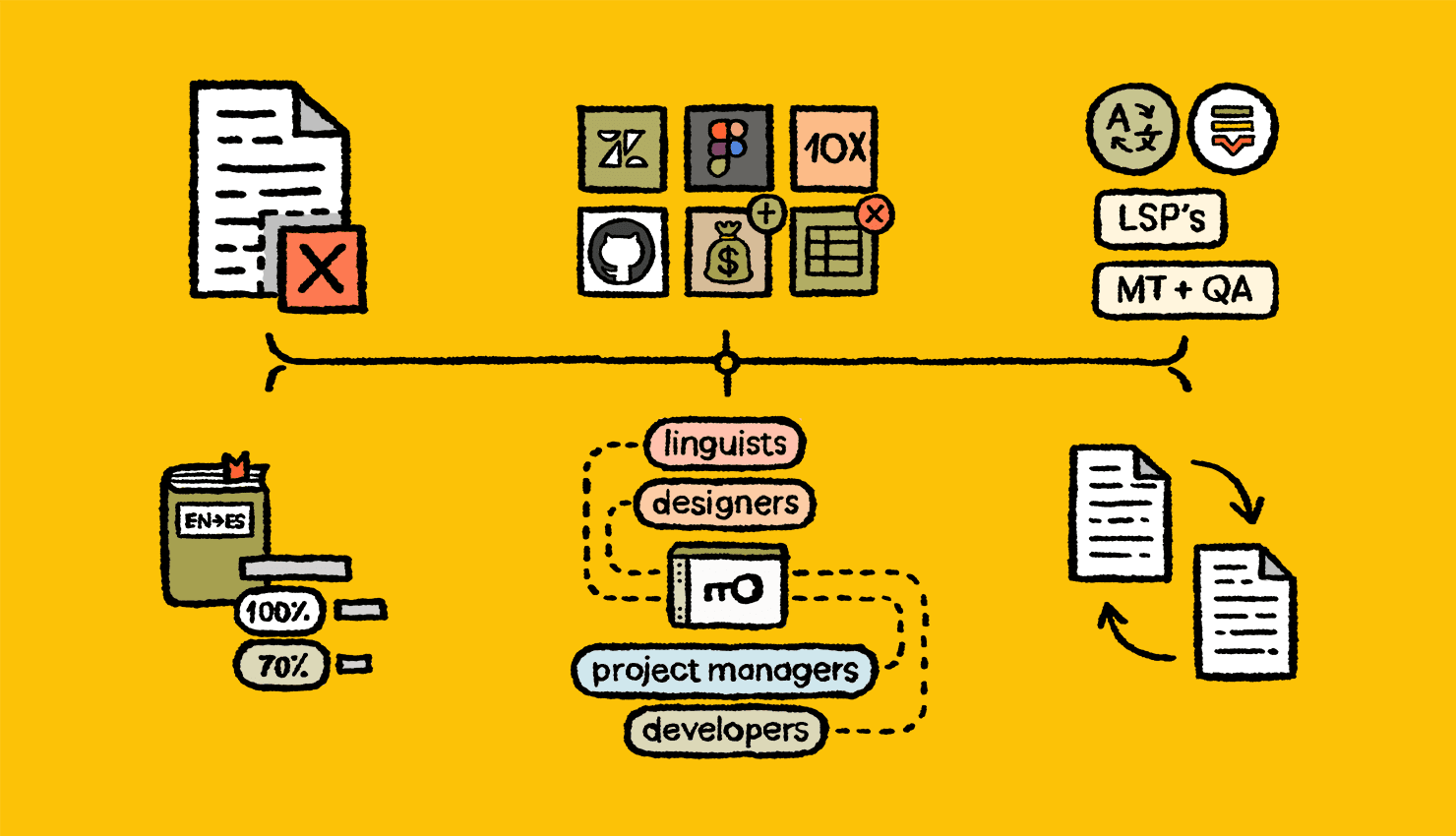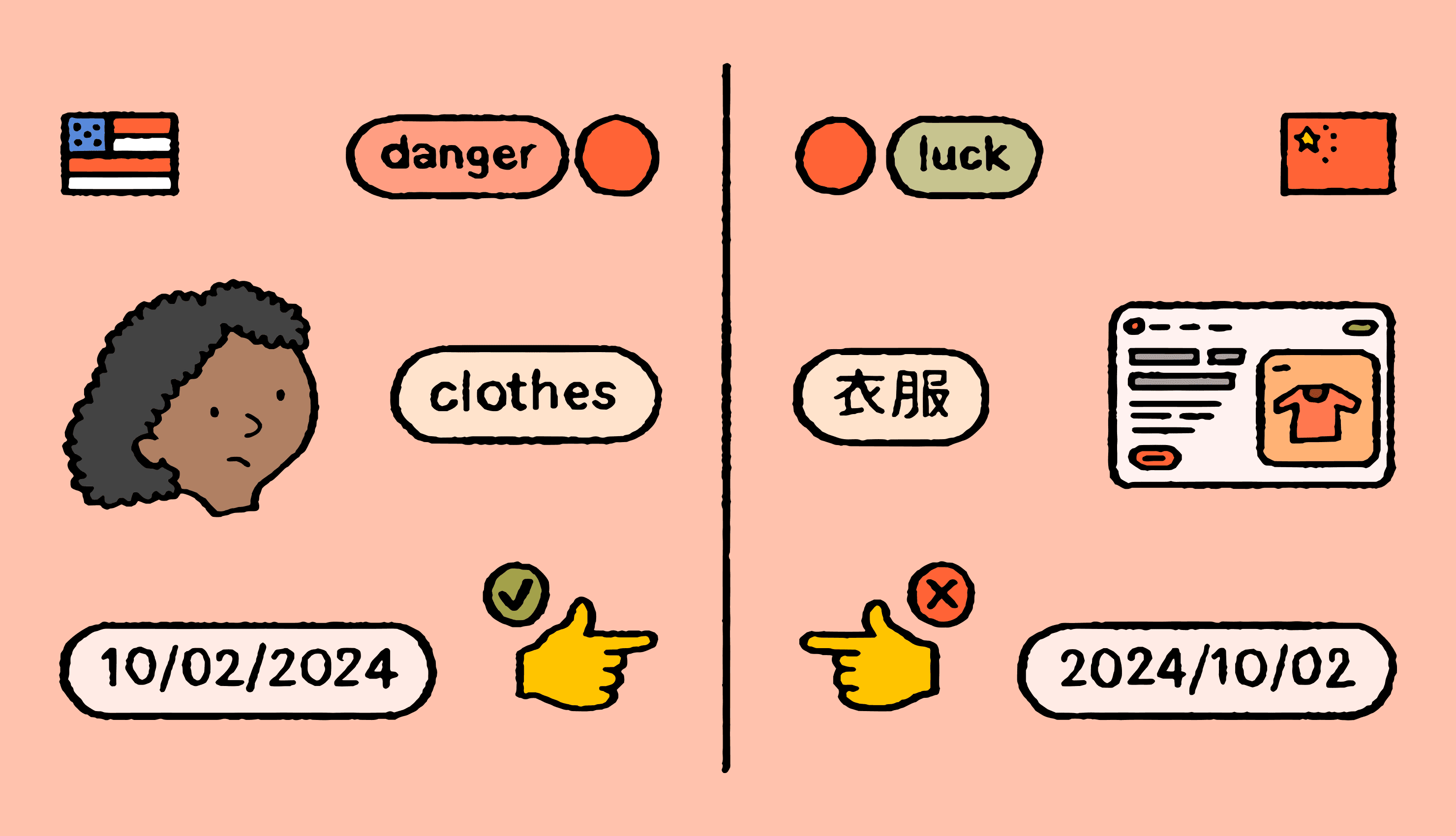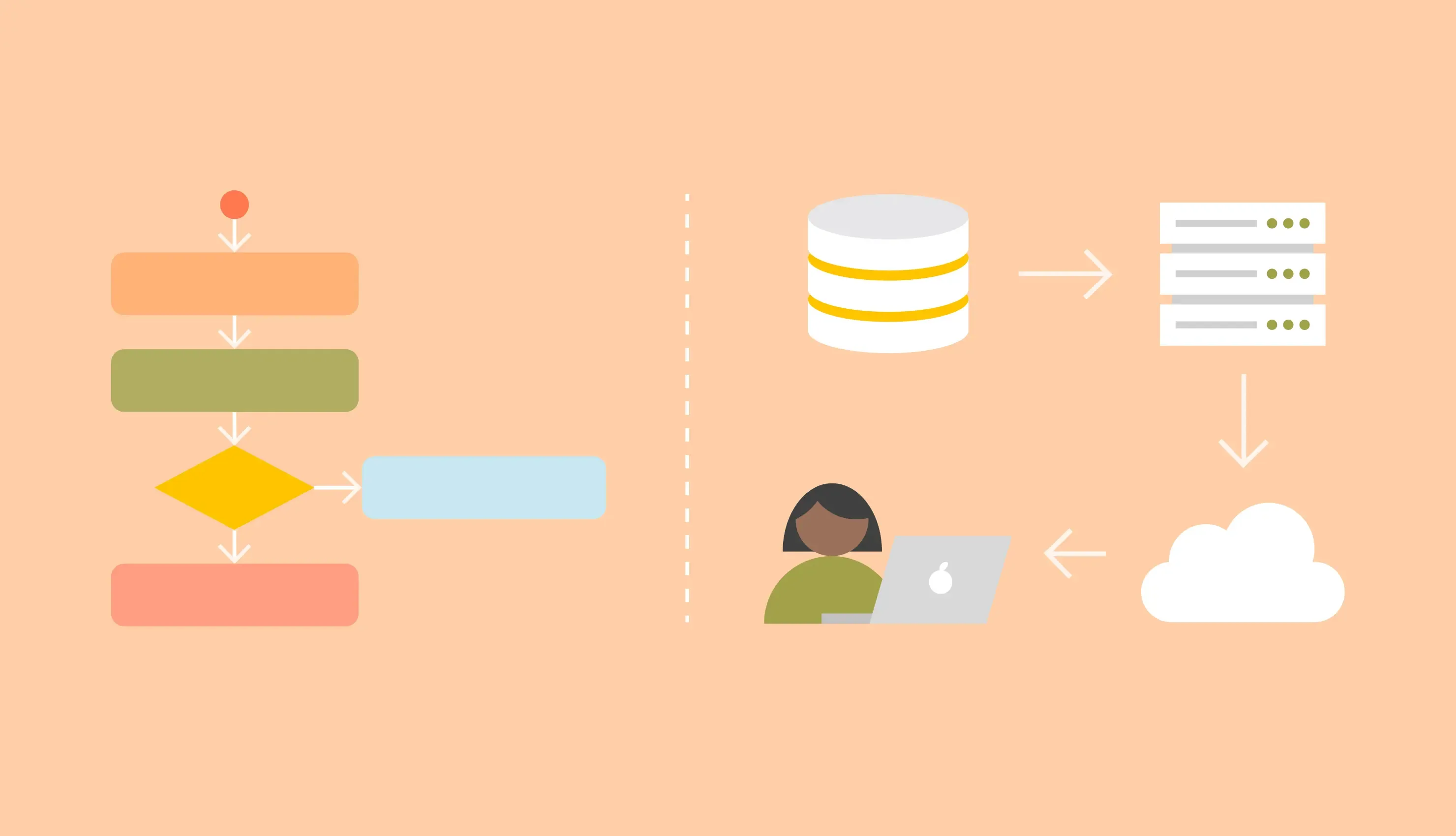Ecommerce localization + webinar on stores without borders
Selling globally can significantly increase revenue, but only if you localize your ecommerce platform properly. You might have taken the first steps of translating your ecommerce platform into a few languages to support product promotion efforts. But hesitated to go any further because of the perceived complexities of localization. But here’s the thing. Ecommerce localization doesn’t have to be that difficult.
Updated on September 10, 2024·Rachel Wolff 7 Content Localization Tactics to Win Over Your Audience [+ Free Template]
A potential customer in Tokyo sees your clever slogan. But it’s written in English for an Australian audience and makes zero sense to a Japanese person. The buyer — puzzled and unimpressed — browses your website for a few seconds before closing the tab. Another sale that slipped away from your hands. The culprit? Lack of content localization. Localized content means you speak your buyers’ language — whether that’s Chinese, Russian, Spanish, or something
Updated on June 24, 2025·Rachel Wolff Is DeepL Accurate? Translation Quality Reviewed
Back in 2018, TechCrunch praised DeepL for being more accurate and nuanced than other machine translation tools in the field. The article claimed that DeepL had outdone other tech giants and raised the bar for machine translation. Today, DeepL is one of the leading machine translation tec
Updated on February 8, 2024·Rachel Wolff Beginner’s guide to internationalization (i18n)
Ever wondered how apps and websites can show up in different languages with just a few clicks? That’s the magic of internationalization, or “i18n” for short (because there are 18 letters between “i” and “n” in the word). It’s all about setting things up behind the scenes, so your product can easily switch languages, adapt to regional preferences, and feel local—no matter where your users are. In
Updated on May 29, 2025·Ilya Krukowski Translation costs: rates per word and how to lower them [+ free calculator]
Now, as well as coordinating translation workflows and overseeing freelancers, you also need to balance decreasing budgets. That means understanding translation rates and how to lower them — all without decreasing the quality. A tricky task, but one we’re here to help with. In this article, learn what you should be spending on translations and 10 ways you can start decreasing
Updated on May 27, 2025·Gita Timofejeva Localization Rate: What Affects Costs for Content and Websites
96% of marketers reported positive ROI from localization, with 65% seeing returns of three times or higher. And it’s not just about revenue. 75% said localization led to a strong…
Updated on May 27, 2025·Gita Timofejeva What are language barriers and can you be a borderless business?
Breaking down language barriers is critical when entering new markets. When you do business with customers in their mother tongue, their perception of you changes. You become more credible. You reduce barriers to entry, improve customer experiences, and build brand trust. The outcome:
Updated on January 30, 2024·Rachel Wolff Decoupling a monolithic PHP application: a practical example
Decoupling a monolith is not a rare problem. It has cropped up in most of the companies I’ve worked at. This happens because, at the early stages of any startup, there is so-called decision debt being accumulated. As a result, the chosen architecture is optimal for rapid development and experimentation, but not for a mature product environment. Considering that this proble
Updated on September 23, 2024·Ilya Levin 